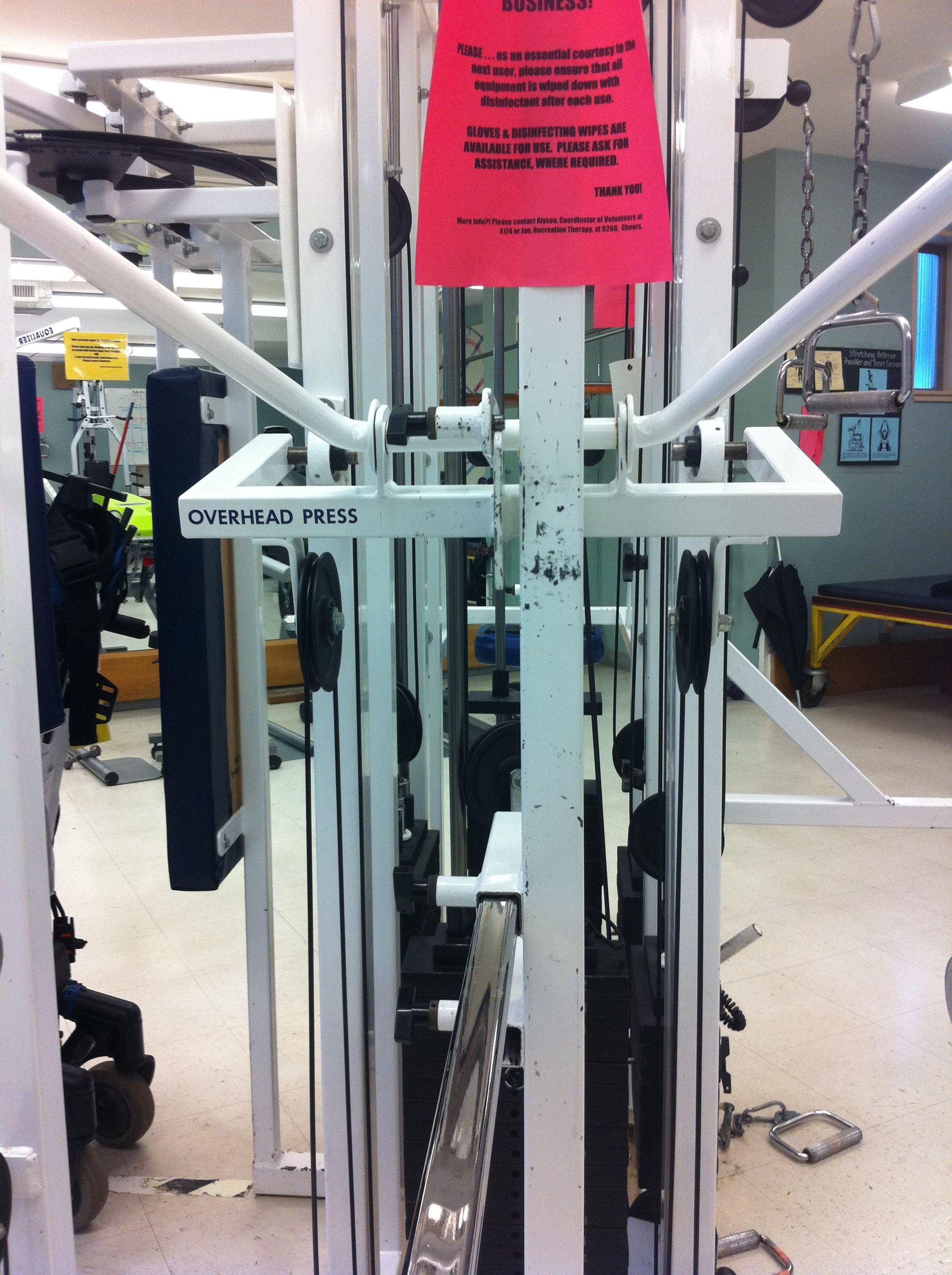Embarking on a fitness journey is an empowering decision that promises numerous benefits, from improved health to enhanced mental well-being. However, as you lace up your sneakers and set out to conquer new fitness milestones, it’s crucial to remember that safety should always be a top priority. Workout injuries, ranging from minor strains to more severe conditions, can set back your progress and dampen your enthusiasm. This article is here to guide you with the best tips to prevent workout injuries, ensuring that your path to fitness remains smooth and enjoyable. By understanding and implementing these practical strategies, you can protect your body, boost your confidence, and keep your workouts both effective and injury-free. Whether you’re a seasoned athlete or a fitness newcomer, these insights will help you exercise smarter and safer, fostering a sustainable and rewarding fitness journey.
Warm Up with Purpose and Care
Beginning your workout without a proper warm-up is like starting a car without oil. It might run for a while, but eventually, things will go awry. A mindful warm-up routine sets the tone for a successful and injury-free workout session. Here are some effective strategies to ensure you warm up with intention:
- Dynamic Stretching: Engage in movements that mimic your workout activities but at a lower intensity. This helps increase blood flow to the muscles and prepares them for more strenuous activity.
- Gradual Intensity Increase: Start with light aerobic exercises like brisk walking or jogging. Gradually increase the intensity to elevate your heart rate and loosen your joints.
- Focus on Breath: Incorporate deep breathing exercises to oxygenate your muscles, which enhances endurance and reduces the risk of cramps.
| Warm-Up Activity | Duration | Benefits |
|---|---|---|
| Jumping Jacks | 2-3 minutes | Increases heart rate |
| Arm Circles | 1-2 minutes | Improves shoulder mobility |
| Leg Swings | 2-3 minutes | Enhances hip flexibility |

Mastering the Art of Proper Form
Achieving the right form is crucial not only for maximizing your workout results but also for ensuring your safety. Incorrect form can lead to a host of injuries, from minor strains to significant injuries that might sideline you for weeks. Here are some essential tips to help you maintain proper form during your workouts:
- Focus on Alignment: Always keep your spine neutral and avoid overarching or rounding your back. Whether you’re lifting weights or performing bodyweight exercises, proper spinal alignment is key.
- Engage Your Core: A strong core supports your entire body and helps stabilize your movements. Tighten your core muscles to prevent unnecessary strain on your back.
- Controlled Movements: Avoid rushing through exercises. Perform each movement with control, focusing on both the concentric and eccentric phases of the exercise.
| Exercise | Common Form Mistake | Correction |
|---|---|---|
| Squats | Knees collapsing inward | Keep knees aligned with toes |
| Push-Ups | Elbows flaring out | Keep elbows close to body |
| Deadlifts | Rounding the back | Maintain a flat back |

Listen to Your Bodys Signals
Your body is an incredible communicator, sending subtle signals when something isn’t quite right. Ignoring these signals can lead to injuries that could sideline you from your fitness goals. Here are some ways to ensure you’re in tune with your body during workouts:
- Recognize Pain vs. Discomfort: It’s crucial to differentiate between the natural discomfort of pushing your limits and the sharp pain that signals injury. If something feels more painful than challenging, it’s time to stop and reassess.
- Monitor Fatigue Levels: Feeling unusually tired or drained can be a sign that your body needs more recovery time. Rest is just as important as exercise in a fitness routine.
- Watch for Swelling or Redness: These can be early signs of inflammation. Applying ice and reducing activity can help prevent further injury.
| Signal | Action |
|---|---|
| Sharp Pain | Stop immediately and consult a professional if it persists. |
| Fatigue | Ensure adequate rest and nutrition; consider lighter workouts. |
| Swelling | Apply ice and rest the affected area. |
Listening to your body is an essential skill for any fitness enthusiast. By paying attention to these signals, you can adjust your workouts to prevent injuries and maintain a sustainable fitness journey.

Prioritize Recovery and Rest
In the pursuit of fitness, it’s easy to overlook the importance of giving your body the downtime it needs. Recovery and rest are not just breaks from the gym; they are crucial components of a balanced workout routine that help in preventing injuries. Your muscles need time to repair and grow stronger after the stress of exercise. Without adequate rest, you risk overuse injuries, which can sideline your progress.
- Listen to Your Body: Pay attention to signs of fatigue or discomfort. Ignoring these can lead to serious injuries.
- Schedule Rest Days: Incorporate at least one to two rest days into your weekly routine to allow your body to recover fully.
- Embrace Active Recovery: Engage in low-impact activities such as yoga or walking to promote circulation and aid recovery without stressing your body.
| Rest Activity | Benefits |
|---|---|
| Yoga | Improves flexibility and reduces stress |
| Walking | Enhances circulation and boosts mood |
| Massage | Relieves muscle tension and accelerates recovery |
Integrating these practices into your routine not only helps in reducing the risk of injuries but also enhances your overall performance. Remember, the goal is to work smarter, not harder, ensuring longevity in your fitness journey.








































